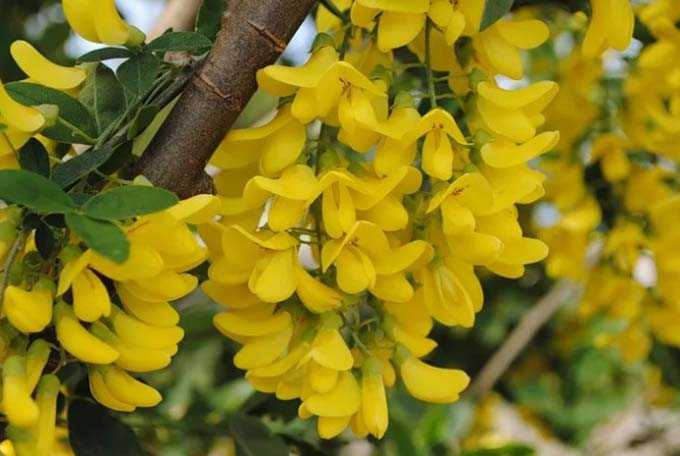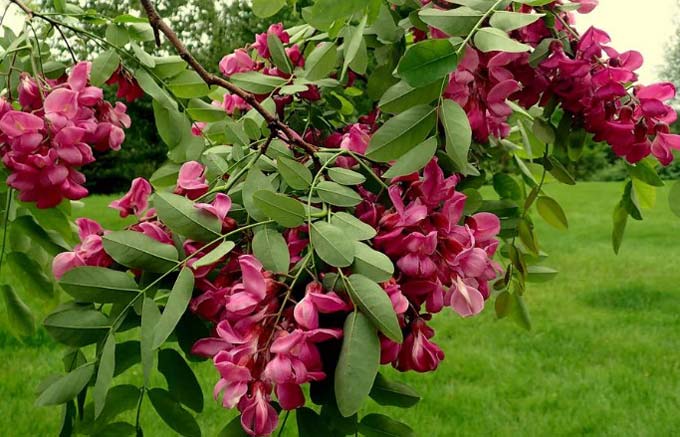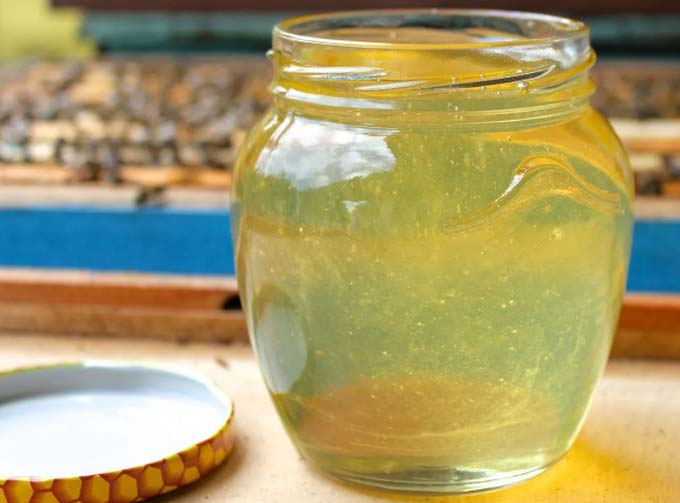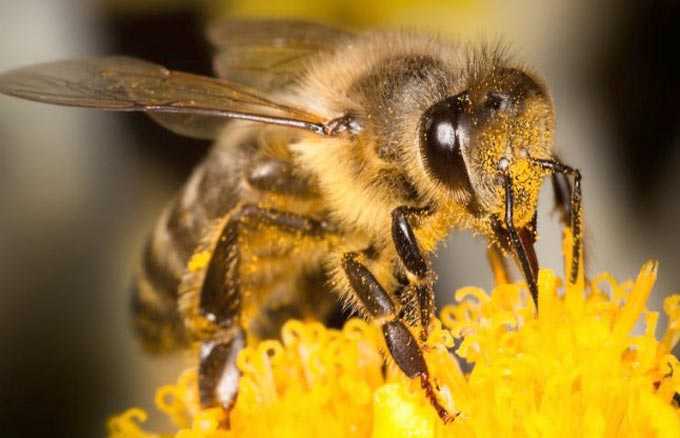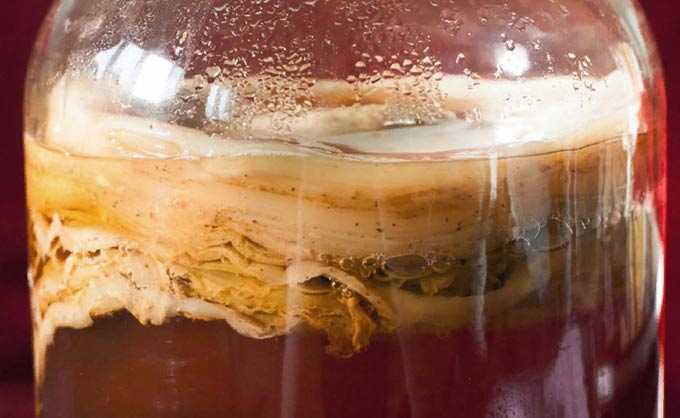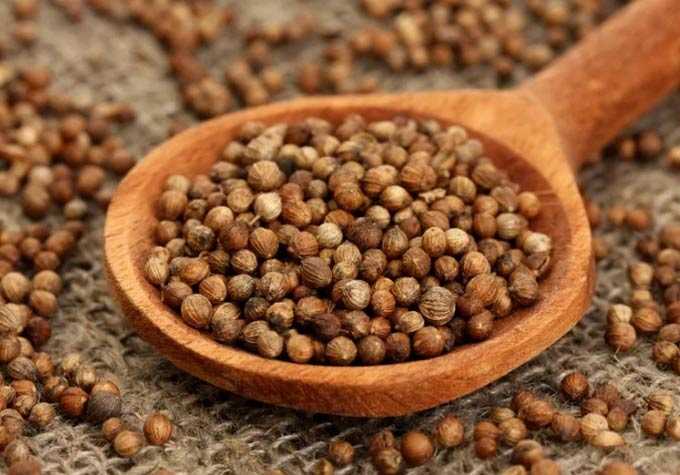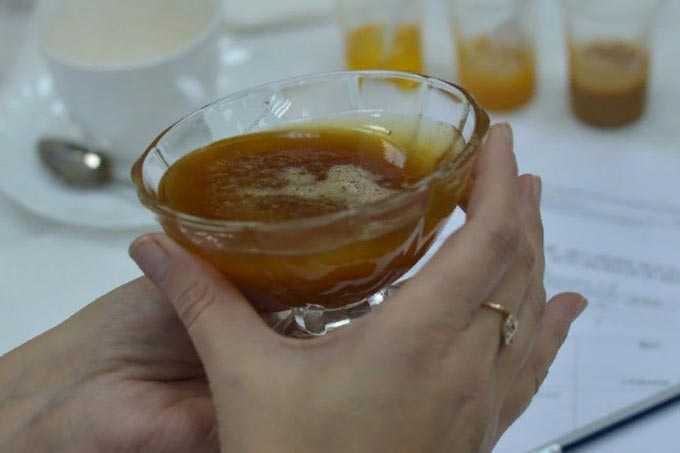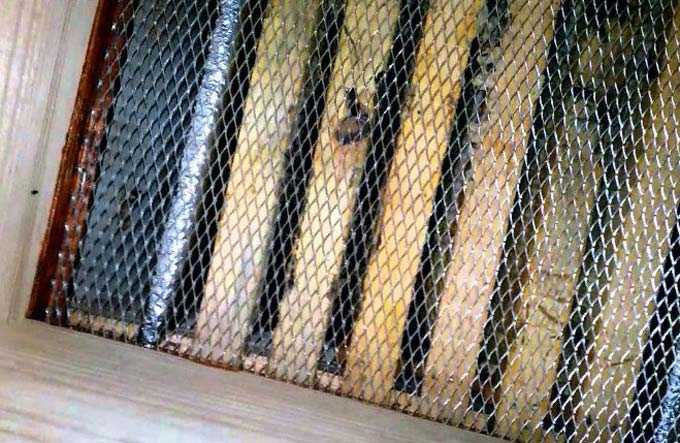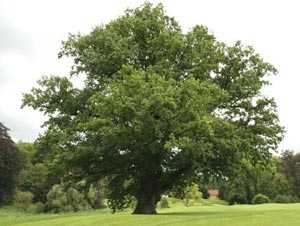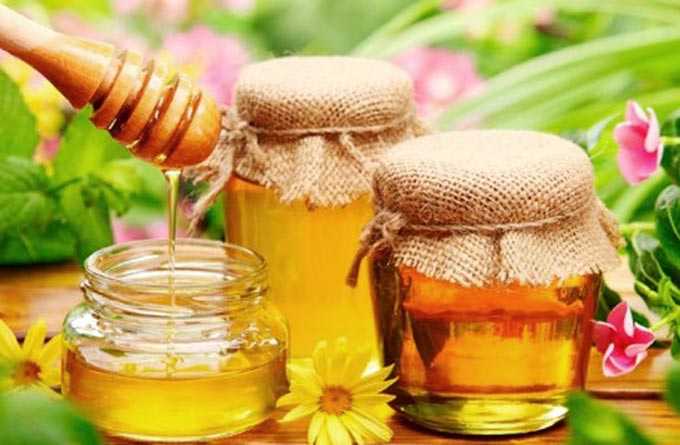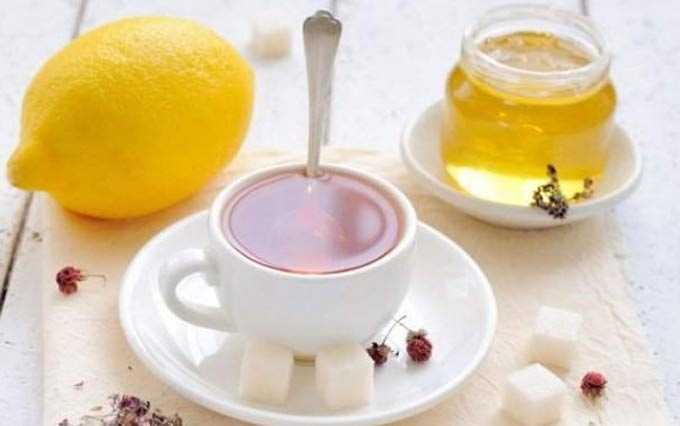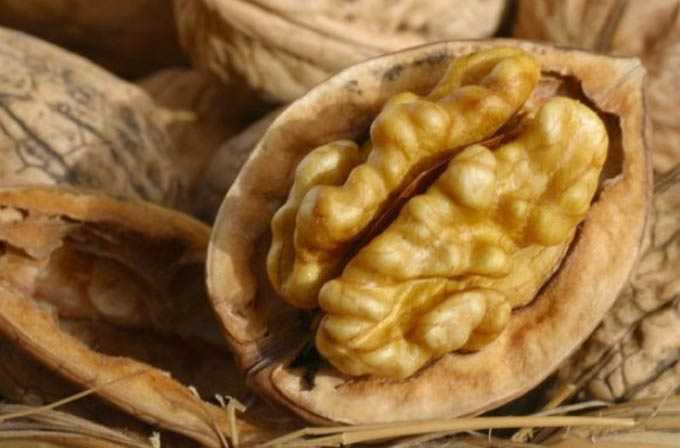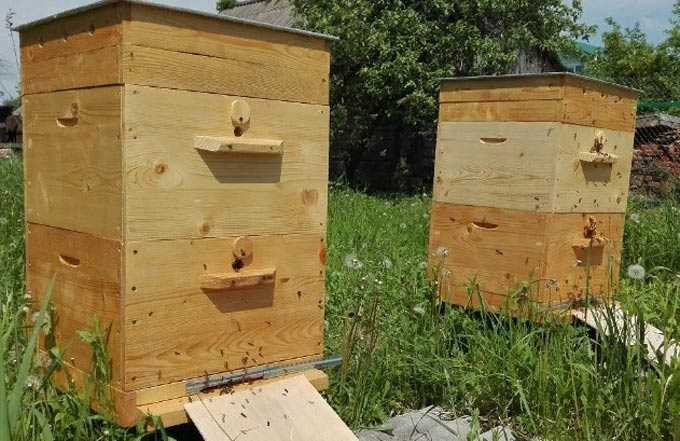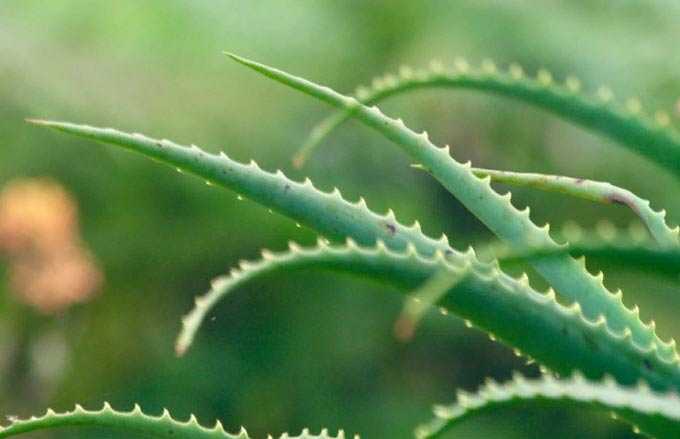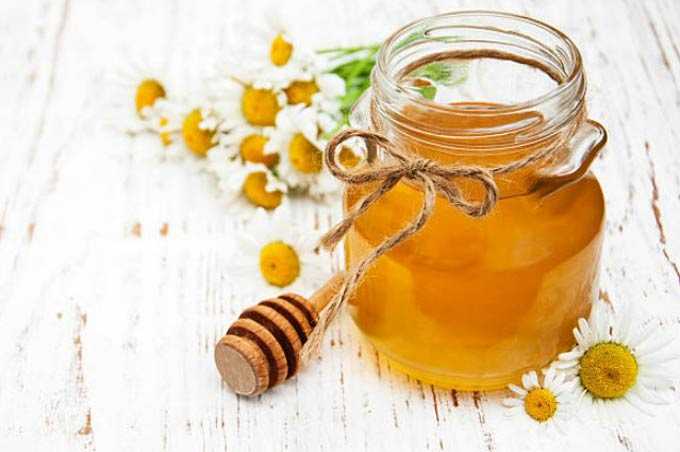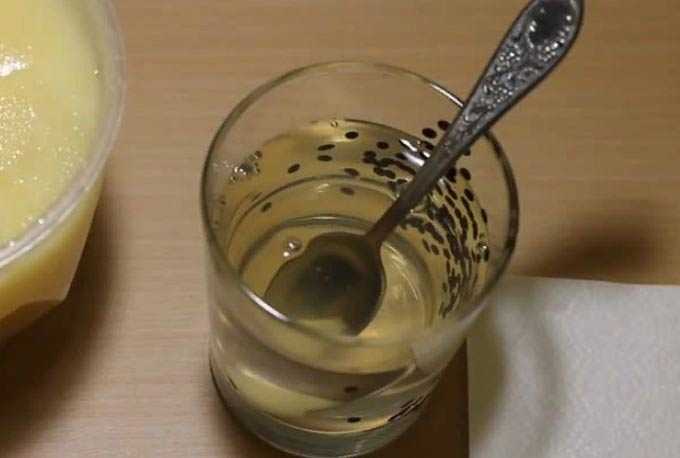Acacia as a honey plant is well known to beekeepers. There are several species of this plant belonging to the legume family, all of which are excellent sources of pollen and nectar.
The tree is unpretentious in care, propagates well by seeds or seedlings, grows quickly and begins to bloom. Plants older than 8-10 years old, emitting the maximum possible amount of nectar, are of the greatest value for apiaries.
The content of the article
- 1 Significance for agriculture
- 1.1 White
- 1.2 Yellow
- 1.3 Pink and purple
- 2 Agrotechnics
- 3 Honey productivity
- 4 Useful Properties
Significance for agriculture
The acacia honey plant is used, among other things, for strengthening the slopes along the roads and on personal plots, as well as for landscaping settlements as an ornamental planting.
Main types:
- white;
- yellow;
- pinkish.
Acacia is an excellent honey plant, regardless of what kind of plant is cultivated near the apiary.
White
White acacia as a honey plant is familiar to everyone, without exception. The tree is found in city parks, squares, forest belts and along highways.
This breed grows best on black soil or sandy soil. It blooms for about 8-10 days in late May, early June, emitting a characteristic pronounced aroma.
Yellow
This low tree-like or bushy species of acacia is often found in nature in forest-steppe, steppe and forest zones. Its artificial plantations act as hedges in city parks.
Acacia yellow as a honey plant is better than the white variety of the plant, since it blooms longer – up to 15-16 days.
The plant is absolutely unpretentious – it can grow on any soil, with the exception of swampy soils. It tolerates long droughts and severe winters well. The first bunches of flowers appear on it from the age of three. By the age of 15, the tree reaches a height of 2,5-3 meters and its entire crown is dotted with inflorescences in the second half of May.
The yellow acacia honey plant is a real long-liver among trees, capable of growing and blooming for 100 years.
Pink and purple
The pink-flowered acacia is also called Robinia or New Mexican variety. Its closest relative is a lush or bristly-haired acacia, characterized by very large maroon inflorescences.
Both varieties are extremely resistant to pests of horticultural crops – aphids bypass them. Therefore, trees are planted in most city squares.
Pink acacia honey plant, blooming from April to October. Flowers appear 4 to 5 times per season with a break of two weeks. Bees get more honey from such a tree than from yellow or white varieties of the plant.
Agrotechnics
Acacia is bred depending on its type:
White and yellow can be planted by seed in April. The seed is pre-soaked in water for six hours. Also, sowing can be done in summer, immediately after the July collection of seeds. On the slopes, acacia is sown in nests – several seeds in one hole. And the resulting seedlings are planted in a permanent place after two years.
Purple-colored (bristly-haired) varieties and pink robinia do not set seeds. Reproduction is carried out by grafting these varieties on three-year-old seedlings of white acacia before the first buds bloom in the spring. Plants take root well – inflorescences appear in the first year after grafting.
Scion seeds are harvested next year in winter or early spring. They are sown in the ground at the end of March, receiving the second generation. The seed is preliminarily treated with very hot water (up to 90 degrees). Seedlings appear quickly – in about 7-10 days. After that, the trees can be planted in a permanent place.
Honey productivity
Acacia is a honey plant that provides high yields of pollen and nectar. But her nectar release largely depends on weather conditions.
In sunny and dry weather, honey yield will be minimal, and on cloudy days after rains, each bee colony will be able to bring up to 5 kilograms of nectar.
Note: After precipitation, the concentration of sugar in the nectar decreases, and a drop in temperature to 15 degrees increases its release. Cool weather prolongs the flowering of the honey plant by 2-3 days. Moreover, the maximum release of nectar will occur on the 5-6th day of the life of each blossoming flower.
From one hectare of honey plants, white acacia produces from 500 to 1 kg of high quality honey! But the main problem here is the short flowering time.
Bee colonies do not have time to gain strength, and for this reason they bring only 8-10 kilograms of honey. To increase this figure to 40-50 kg, the beekeeper will have to do the following:
- provide wintering on the street for the earliest possible flight;
- control the set of power in each socket;
- by the beginning to mid-May, make layers on the old uterus, separating three honeycomb frames (one of which is brood);
- unite queenless nests, maximizing bee colonies to collect nectar from acacia.
The layering is used in the future for the bribe from sunflower. By this time, they will develop well and gain strength.
The best honey is obtained from the white varieties of the plant.… It crystallizes slowly, retaining its liquid presentation for a long time, has a light yellow color, pleasant aroma and characteristic transparency. After crystallization, it acquires a fine-grained structure, losing transparency and acquiring a white color.
This type of honey is appreciated in the market for its excellent taste and medicinal properties.
Useful Properties
Acacia honey:
- improves metabolic processes in the body due to the high content of fruit acids;
- helps to strengthen the immune system, as it includes all the B vitamins, folic and ascorbic acid, phosphorus, copper, potassium, magnesium, iron, fluorine;
- has a beneficial effect on digestion;
- does not contain a lot of sugar, but at the same time it is rich in fructose and glucose;
- the only one of all types of honey has hypoallergenic properties;
- suitable for children and diet food;
- widely used in cooking and cosmetology.
Stored in a closed container in a dark room at room temperature. Like any other type of honey, it is not recommended to heat it or eat it with tea. The adult daily dose is 2-3 tablespoons. Children are given acacia honey in a teaspoon, after having carried out a tolerance test in the form of a minimum dose at the tip of the spoon.
